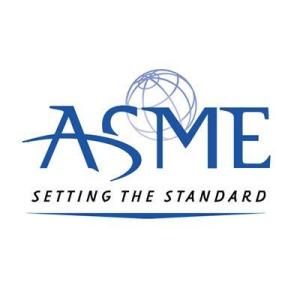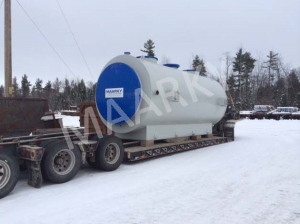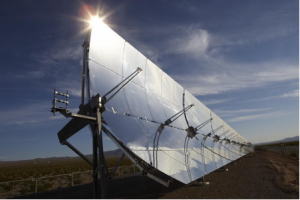
Image: maarky.com
New Jersey’s Maarky Thermal Systems develops and manufactures an array of heat transfer equipment for power plants all over the world. Under the guidance of president Dr. Ranga Nadig, Maarky Thermal Systems has excelled in the provision of various feedwater heating units.
The purpose of a feedwater heater is to provide a power plant with efficient, regenerative feedwater heating – a critical component when it comes to maximizing a plant’s power cycle. Feedwater heating systems can be broken down into three general categories – low pressure, intermediate, and high pressure heaters. Furthermore, plant managers can select from a variety of heater designs in order to best meet their plant’s needs, such as horizontal or vertical heaters or heaters with various channel closure options, including hemi head, pressure seal, and welded diaphragm bolted covers.
Low pressure feedwater heaters typically feature both a condensing zone and a subcooling zone. High pressure feedwater heaters typically feature a third desuperheating zone. All heaters are designed to minimize shellside pressure drop and eliminate incidence of tube vibration. To learn more about the various models of feedwater heaters, visit www.maarky.com.



